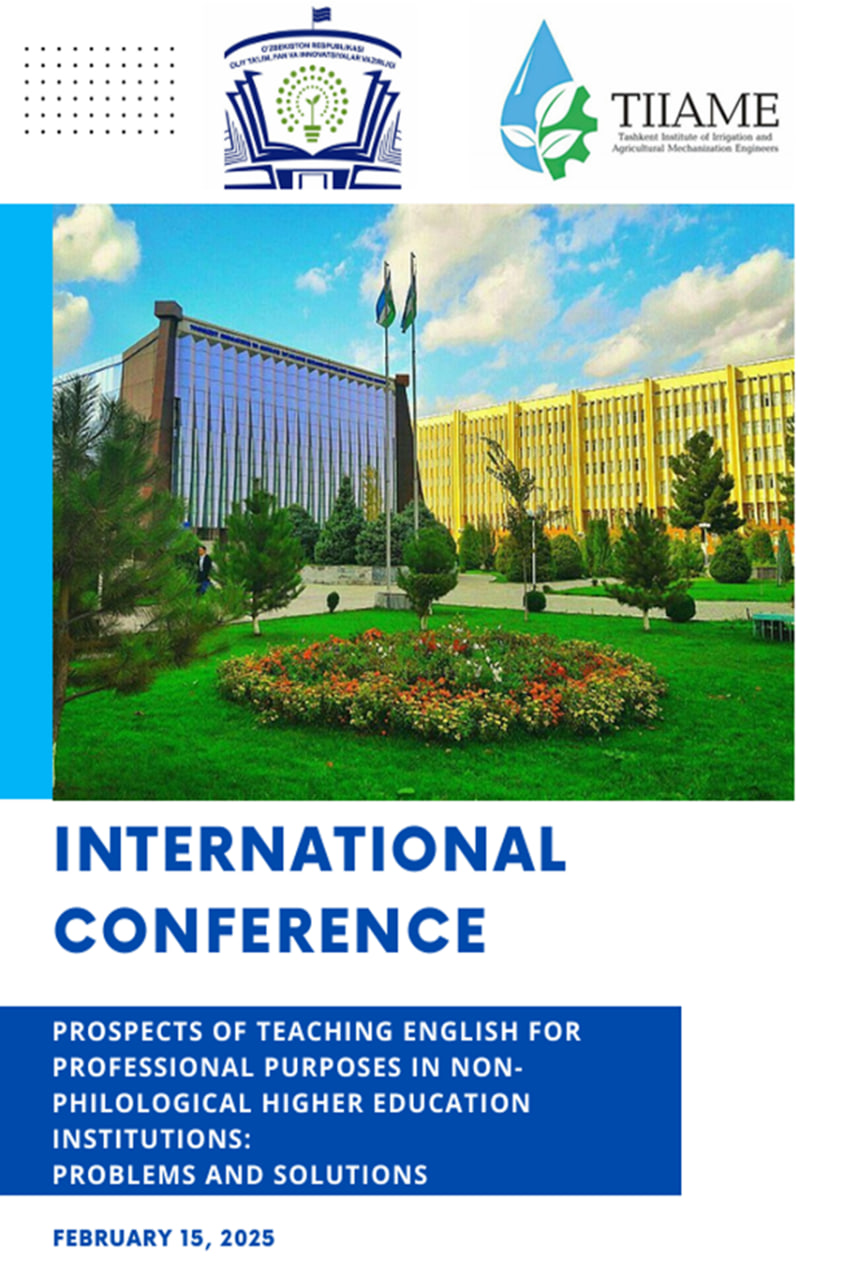APPROACHES TO FOREIGN LANGUAGE TEACHING IN TECHNICAL UNIVERSITIES. SPOTLIGT ON LOGISTICS AND AVIATION
Keywords:
Content and Language Integrated Learning (CLIL),Task-Based Learning (TBL), simulation and role-playing, authentic materials, virtual Reality (VR) in education, professional communication skills, globalization, industry-specific language skills, foreign language proficiencyAbstract
In the context of globalization and the growth of international relations, foreign language proficiency is becoming increasingly important in technical specialties such as logistics and aviation. This article explores modern methods of teaching foreign languages in technical universities aimed at preparing specialists in these fields. Special attention is given to methods such as Content and Language Integrated Learning (CLIL), Task-Based Learning (TBL), simulations and role-playing, the use of authentic materials, and the integration of technologies like Virtual Reality (VR) and specialized language apps. These methods not only help students master foreign languages but also develop the professional skills necessary for working in international environments in the fields of logistics and aviation.
References
Richards, J. C., & Rodgers, T. S. (2014). Approaches and Methods in Language Teaching (3rd ed.). Cambridge University Press.
Littlewood, W. (2013). Communicative Language Teaching: An Introduction. Cambridge University Press.
Ellis, R. (2003). Task-based Language Learning and Teaching. Oxford University Press.
Marsh, D. (2002). Content and Language Integrated Learning (CLIL): A Developmental Framework. University of Jyväskylä.
Kern, R. (2000). Literacy and Language Teaching. Oxford University Press.
Dudeney, G., & Hockly, N. (2016). How to Teach English with Technology. Pearson Education.
Kessler, G. (2018). Technology and the Future of Language Teaching. In The TESOL Encyclopedia of English Language Teaching. John Wiley & Sons.
Warschauer, M., & Healey, D. (1998). Computers and Language Learning: An Overview. Language Teaching, 31(2), 57-71.
Hutchinson, T., & Waters, A. (1987). English for Specific Purposes: A Learning-Centred Approach. Cambridge: Cambridge University Press.
Dudley-Evans, T., & St John, M. J. (1998). Developments in English for Specific Purposes: A Multi-disciplinary Approach. Cambridge University Press.
Graddol, D. (2006). English Next: Why Global English May Mean the End of ‘English as a Foreign Language’. British Council.
Kovářová, R. (2019). ESP in Technical Universities: Approaches and Methods. Journal of Language and Cultural Education, 7(2), 21-29.
Tomlinson, B. (2011). Materials Development in Language Teaching. Cambridge: Cambridge University Press.
Smoak, R. (2003). What Is English for Specific Purposes? English Teaching Forum, 41(2), 22-27.
Basturkmen, H. (2010). Developing Courses in English for Specific Purposes. Palgrave Macmillan.
Published
Versions
- 2025-03-14 (2)
- 2025-03-07 (1)










